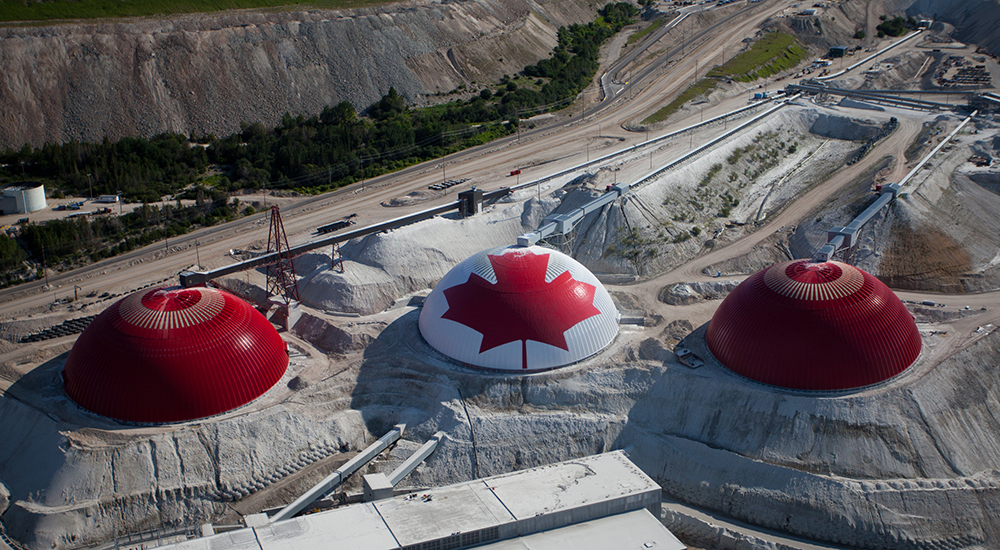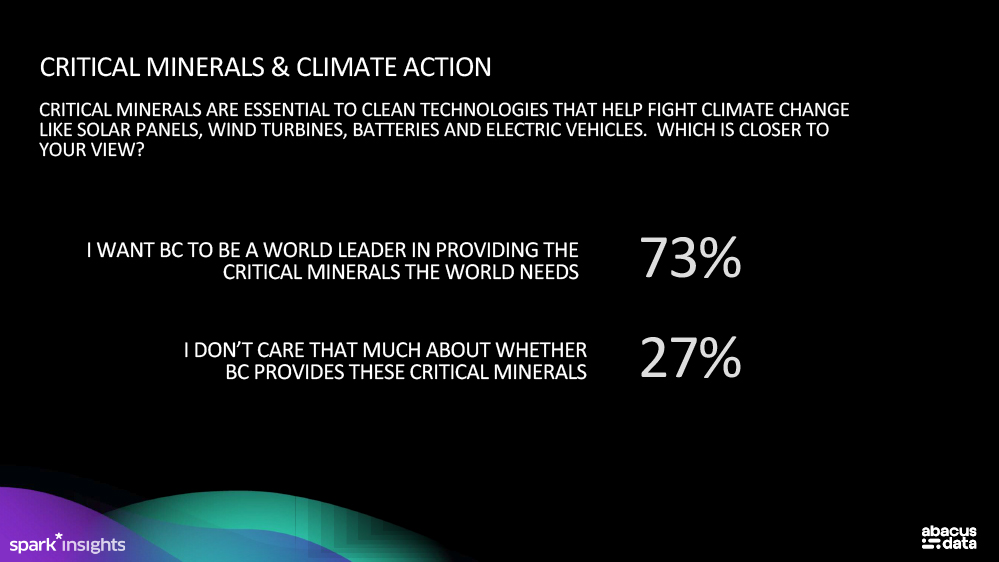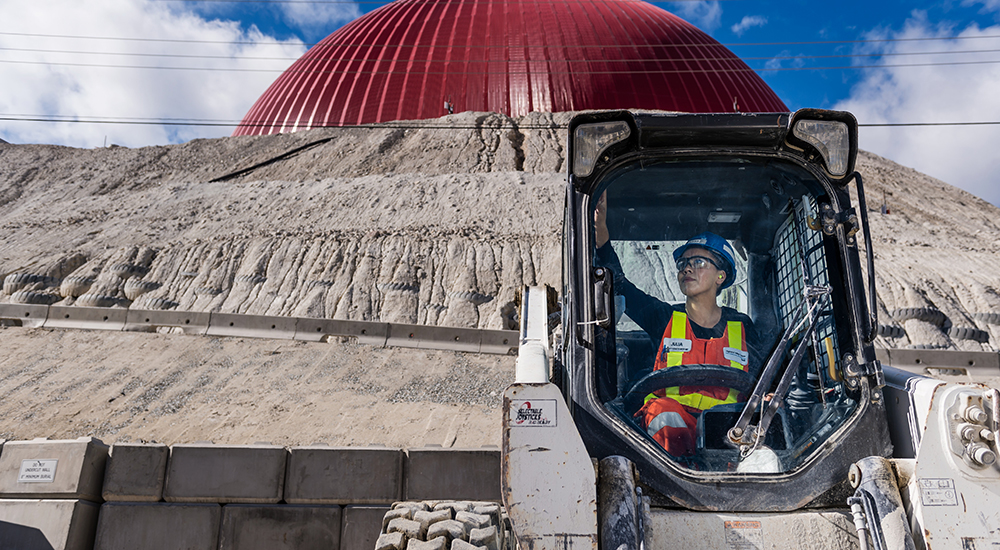May is Mining Month, a time to celebrate and salute the important contributions BC mining makes to communities throughout the province and highlight the growing significance of critical minerals.
British Columbia’s mining sector is a world leading supplier of the critical minerals essential to clean technologies that help fight climate change – like electric vehicles. Mining Month provides the perfect opportunity to showcase how British Columbia’s critical minerals and metals are essential to climate action.
Mining Month will also feature the significant economic benefits they offer British Columbians, while enabling economic reconciliation with Indigenous communities.
Join us in celebrating Mining Month and discover British Columbia’s mining and critical mineral potential. Together, we can drive positive change, foster economic growth and create a lasting legacy of responsible mining for generations to come.
The opportunity is right under our feet.





